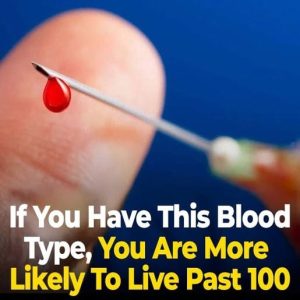Oral cancer can affect the lips, tongue, cheeks, gums, and other parts of the mouth. Early detection greatly improves treatment success, but early symptoms are often subtle.
One major warning sign is a sore that doesn’t heal within two weeks. The National Cancer Institute warns, “these sores may occur on the lips, gums, or inner lining of the mouth” and might not cause pain at first.
Color changes like white (leukoplakia) or red (erythroplakia) patches may also indicate abnormal cell growth. According to Mayo Clinic, red patches are more likely to be cancerous. Persistent bleeding without injury is another red flag.
Other symptoms include lumps, thickened or rough areas, and persistent numbness or pain. “Sensory changes in the lips, tongue, or chin… should not be ignored,” notes the American Dental Association. Difficulty chewing, swallowing, or jaw movement can also signal problems.
Risk factors include tobacco use, alcohol, HPV infection, sun exposure, age over 40, and poor nutrition. Regular dental checkups are essential—dentists can often spot early signs before symptoms worsen.
If you experience any unusual symptoms lasting over two weeks, seek medical advice promptly. Early awareness and routine screenings can save lives.





